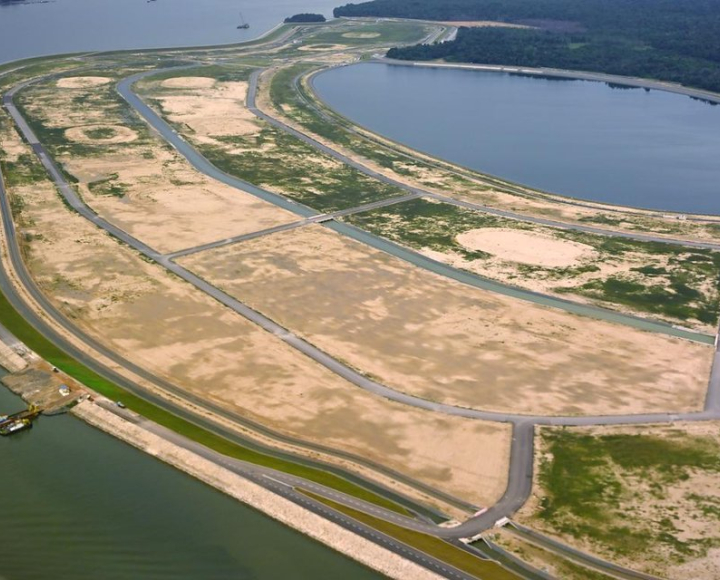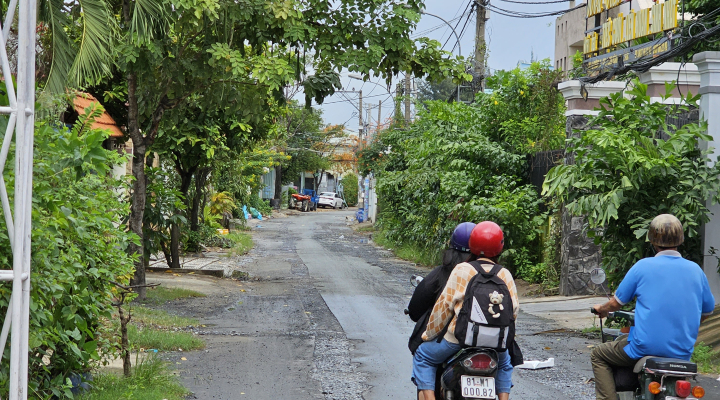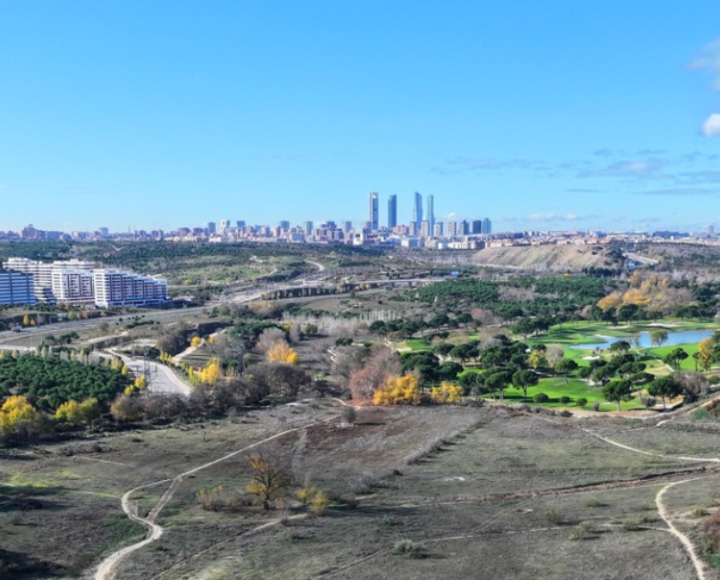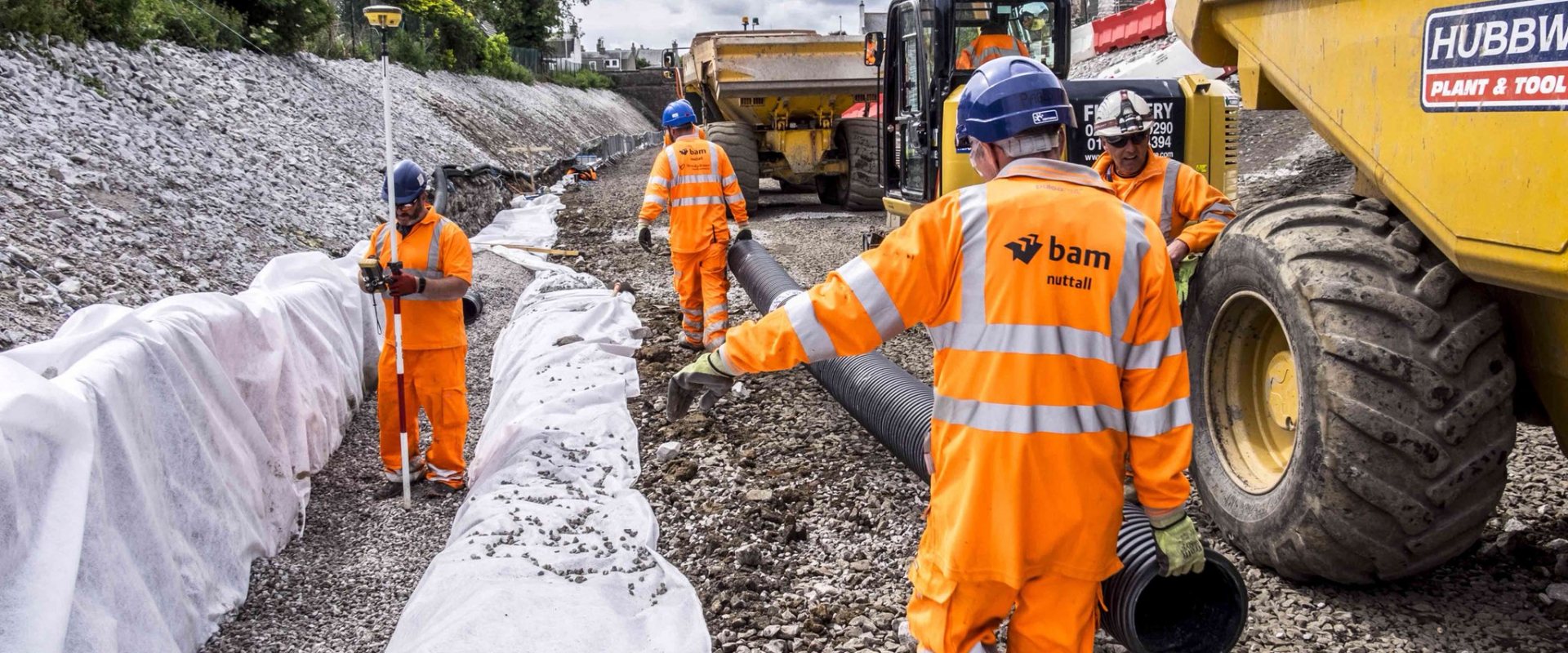
Improved drainage to counter flooding Cleadon, UK
South Tyneside Council and Environment Agency officially started the work on the Cleadon Flood Alleviation Scheme to protect the village, near NewCastle, UK, against heavy rainfall.
The 1.2 million UK pound scheme has been assigned to civil engineers Bam Nuttall and designers Royal Haskoning DHV.
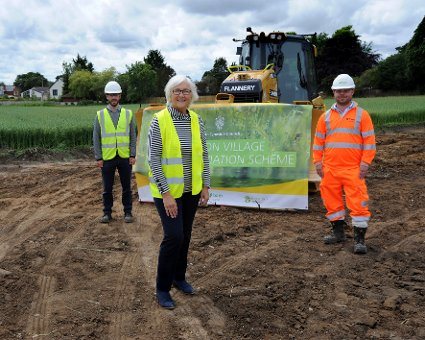

Runoff from high grounds
In case of extreme rainfall, the village of Cleadon is predominately flooded by the run off from the high agricultural fields. The runoff water flows into the low lying estate areas of the city where the existing sewer drainage system gets overwhelmed.
As a result the rainwater cannot drain away and flows over the ground and impacts properties.
The flood scheme included constructions to improve the drainage of the runoff and provide protection to over 129 properties in Cleadon for up to and including a 1 in 100-year flooding event.
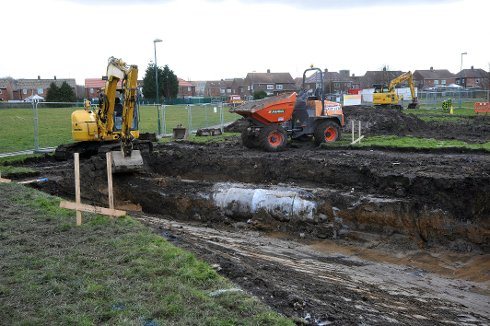

Community consultation
Following feedback from a consultation event in March, which involved local residents and councillors, the scheme incorporates an embankment to hold the runoff on the side the village.
The area will also be planted with wetland wildflowers, helping to create a valuable new wildlife habitat.
In other parts of the city, new sections of drainage ditch will be created along roads, and some improvements will be made to existing ditches to handle more surface water.
This will reduce the amount of surface water that enters the drainage, freeing up space within the road's drainage system.
Better control of flows
Councillor Joan Atkinson at South Tyneside Council, said: ‘While it is never possible to guarantee that an area will remain flood free, we can certainly work with our partners to increase the level of protection through long-term sustainable schemes such as this.’
Atkinson: ‘These new measures will go a long way in helping to improve the area's resilience to flooding in the future by better controlling the flow of surface water as well as providing reassurance for local residents and business owners.’






